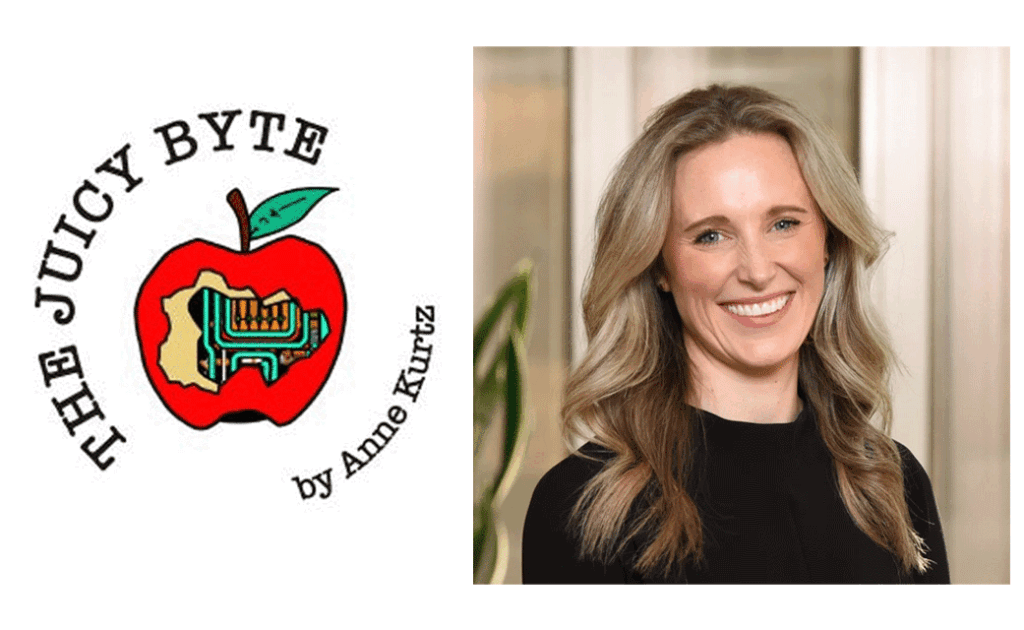In sensory science, choosing the right descriptive methodology helps shape how brands interpret consumer experience and make critical product development choices. In a recent collaboration with a leading meat snack manufacturer, Curion set out to evaluate how two proven approaches – Curion QDA® and the Universal Scale Method – compare in their ability to guide product positioning and category benchmarking.
Do these methods yield different conclusions, or can they work in parallel to guide innovation and strategic decision-making?
Side-by-Side Comparison Study
The study aimed to map the sensory space of the client’s flagship product against a range of competitive offerings. Thirteen products were evaluated using Curion QDA®, while 23 products were evaluated using the Universal Scale Method. Both approaches used replicated testing and optimized panel performance to ensure data reliability.
The Curion QDA® method involved 12 panelists trained to collaboratively build a lexicon grounded in consumer language. The panel generated almost 70 terms across six modalities, including a unique modality specific to this product category, which was identified as a key driver of liking.
The Universal Scale Method, by contrast, used a fixed lexicon of 44 terms across four standard modalities (appearance, flavor, texture/mouthfeel, aftertaste). Panelists in this method are deeply trained in scaling against anchored references, offering high repeatability and cross-study comparability.
Shared Themes and Unique Perspectives
Despite methodological differences, both approaches delivered largely similar strategic takeaways. Most notably, both methods indicated a lack of strong product segmentation within the category, suggesting that a total population approach may be most appropriate for positioning and innovation. Texture emerged as the dominant driver of product differentiation.
A multiple factor analysis (MFA) revealed strong alignment across four attribute groups between the methods. This alignment reinforces the reliability of both approaches for identifying core sensory spaces.
However, the methods also diverged in their sensitivity to certain attributes. Curion QDA®’s consumer-driven process uncovered a unique modality tied to the consumption experience, a set of characteristics absent from the Universal Scale ballot but shown to be important drivers of liking. These insights offer an example of how building a lexicon from real consumer language can expose product dimensions that standardized scales might overlook.
Method Strengths and Considerations
The Universal Scale Method offers well-established precision and reproducibility, particularly when cross-study consistency is critical. It’s a highly structured approach ideal for internal benchmarks or multi-category comparisons.
Curion QDA®, on the other hand, excels in revealing nuances that are most relevant to the consumer. The dynamic lexicon-building process enables panels to surface category-specific sensory attributes, which may otherwise go uncaptured. In this study, the consumer-centered method proved especially valuable in detecting a category-defining sensory dimension that directly links to consumer satisfaction.
Implications for Sensory Strategy
For sensory professionals and product teams, this study highlights an important takeaway: method matters, but alignment is possible. Both Curion QDA® and Universal Scale can offer valid, actionable guidance – but each brings different strengths.
When the goal is deep consumer relevance and uncovering emerging or less-defined sensory spaces, Curion QDA® provides the flexibility to adapt and discover. When consistency and cross-study benchmarking are priorities, Universal Scale offers structured rigor.
For this study, the combined insights delivered both clarity and depth, providing confidence in the product’s category fit while also revealing new levers for differentiation.
Authors: Shilpa Samant (Curion), Isabelle Huang (Curion), Tony Gualtieri (Curion), Tom Carr (Carr Consulting)
To see the attribute mapping and multiple factor analysis outputs, download the full research poster.
Learn more about our full showcase during Pangborn 2025. Click here.
Curion specializes in delivering impactful insights to the world’s top CPG companies, helping them develop winning, repeatedly purchased products. Curion’s deep data-driven product insights, sensory expertise, and state-of-the-art consumer centers enable them to uncover responses to critical client objectives. With over five decades of experience in the product testing industry, Curion is dedicated to guiding clients with their proprietary XP Xperience Performance platform, connecting brands to consumers at every step.
An innovator in the industry, Curion recently developed a groundbreaking benchmarking product testing method, the Curion Score™, which has become a trusted and sought after tool within the industry. As one of the largest product and consumer insights companies in the U.S., Curion has built a reputation for excellence and trust among the world’s leading consumer brands. Curion’s commitment to innovation and expertise, coupled with a passion for delivering actionable insights, makes Curion a valuable partner for companies looking to develop and launch successful products.
